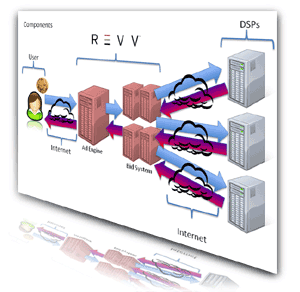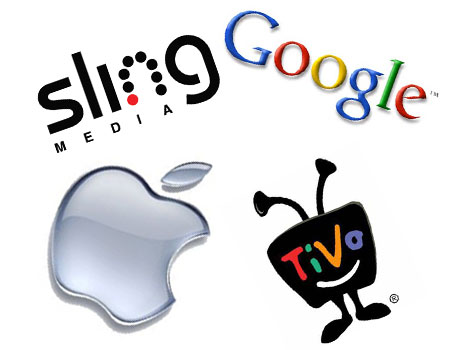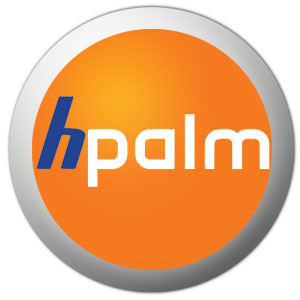I was reading a recent post on AdExchanger, “Smoking the RTB Weed,” about a Real-time bidding paper Metamarkets was gearing up to present at an industry event and it got me thinking about dynamic price floors (n.b. If you’re not already familiar with RTB, you might want to start with my earlier post on the topic to get up to speed. This post is pretty ‘inside baseball.’)
Disparity of Data
There’s a lot concern in the online ad ecosystem around the disparity of data between publishers and advertisers. These are not new concerns but they are attracting a lot of attention due to the opportunity that Real-Time Bidding (RTB) presents in leveling the playing field.
Historically advertisers have been incentivized to understand the audience behind the publisher in order to maximize their yield. This has led to a large investment in technology to serve the advertiser, tilting the balance of information to their favor and leading to rampant arbitrage. As a result, most impressions are still sold without adequate protection.
Re-balancing Toward the Publisher
Real-Time Bidding affords the publisher an opportunity to re-balance the terms of the sale of inventory. In fact, in many ways the savvy, well-armed publisher can leverage RTB to gain an advantage in that each impression is evaluated and assigned a value by several buyers.
During an auction only one buyer can purchase the impression, but the data gathered from the other buyers is not discarded, rather it is captured by the publisher (or in our customers’ case, by REVV) and stored for analysis and pricing determination on all future bids. Read more




 Apple has several sizes and shapes in their line of computers and iPods, but only one size and shape to their phone. Sure, you can get 3G or 3GS with a variety of storage onboard, but the device itself comes with the same processor, same graphics, same screen size, same camera, same ins and outs.
Apple has several sizes and shapes in their line of computers and iPods, but only one size and shape to their phone. Sure, you can get 3G or 3GS with a variety of storage onboard, but the device itself comes with the same processor, same graphics, same screen size, same camera, same ins and outs. Tivo, you had it right. You were in the right place with a near perfect device. You were missing a DVD player and the Internet, but that’s about it. Honestly, you had me sold.
Tivo, you had it right. You were in the right place with a near perfect device. You were missing a DVD player and the Internet, but that’s about it. Honestly, you had me sold. Yesterday HP announced that it was going to buy Palm for $1.2 billion (HPalm?). I think it’s a stroke of genius. The more I dig into this plan the better both companies look to benefit from it. There are a lot of hurdles to overcome, but if they can execute on some key opportunities they could be perfectly positioned to give Apple a run for the money. It’s not rocket science to see the potential here or to come up with even a modest plan to give them a good shot. Early indications are that HP will leverage sales and market reach to push Palm devices into the market. I hope that’s not the end of the plan. It might yield a quick buck but there’s so much more they can do.
Yesterday HP announced that it was going to buy Palm for $1.2 billion (HPalm?). I think it’s a stroke of genius. The more I dig into this plan the better both companies look to benefit from it. There are a lot of hurdles to overcome, but if they can execute on some key opportunities they could be perfectly positioned to give Apple a run for the money. It’s not rocket science to see the potential here or to come up with even a modest plan to give them a good shot. Early indications are that HP will leverage sales and market reach to push Palm devices into the market. I hope that’s not the end of the plan. It might yield a quick buck but there’s so much more they can do.
